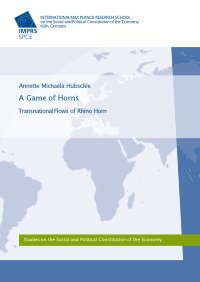By Tom Naylor, with the assistance of Deane Taylor and Roksana Bahramitah
For obvious reasons, the primary functions of traditional law enforcement and the criminal justice system are investigation, prosecution, and punishment of persons deemed responsible for proscribed acts. The main purpose of criminological research, whether conducted by law enforcement or academics, has been to assist those functions, directly or indirectly. To be sure, there is much research that focuses on crimes as events rather than on the criminals who cause those events. But mostly, research has been devoted to studying the social conditions that facilitate the commission of offences. It has paid much less attention to understanding the methodology by which and institutional context through which particular actions take place. The resulting deficiencies are particularly marked with respect to profit-driven offences. The type of information collected by police or prosecutors for the purposes of a particular criminal proceeding may be quite different from the type of information necessary in understanding the nature of on-going criminal markets or the modus operandi of the underworld economy as a whole. Nor is academic criminology much more helpful – generally speaking, crimes are used to define categories of offenders rather than being a subject of (more technocratic) interest in and of themselves. These shortfalls also afflict the categorization of acts. The practice of dividing criminal code offences into three broad categories – crimes against persons, crimes against property, and trafficking – provides little useful information with respect to context or process. More specifically, due to lack of systematic definition and subsequent overlap, umbrella terms such as economic, commercial, and white-collar crime are frequently used interchangeably, even by socalled “experts in the field.” The fact that some of these terms refer to acts and others to persons doesn’t seem to matter (e.g., respectively, commercial vs. white-collar crime). It is no surprise that the specified offences covered by these are similarly confusing and impractical. For example, means (e.g., telephone pitches and computerized communications) and ends (e.g., fraudulent transfers of wealth) are oftentimes confounded. All this creates problems that go beyond simple lack of terminological neatness. Without knowing just what a problem or objective is, it seems rather difficult, to say the least, to design a strategy or policy to deal with it.
Ottawa: Research and Statistics Division, Department of Justice Canada, 2002. 51p.





















